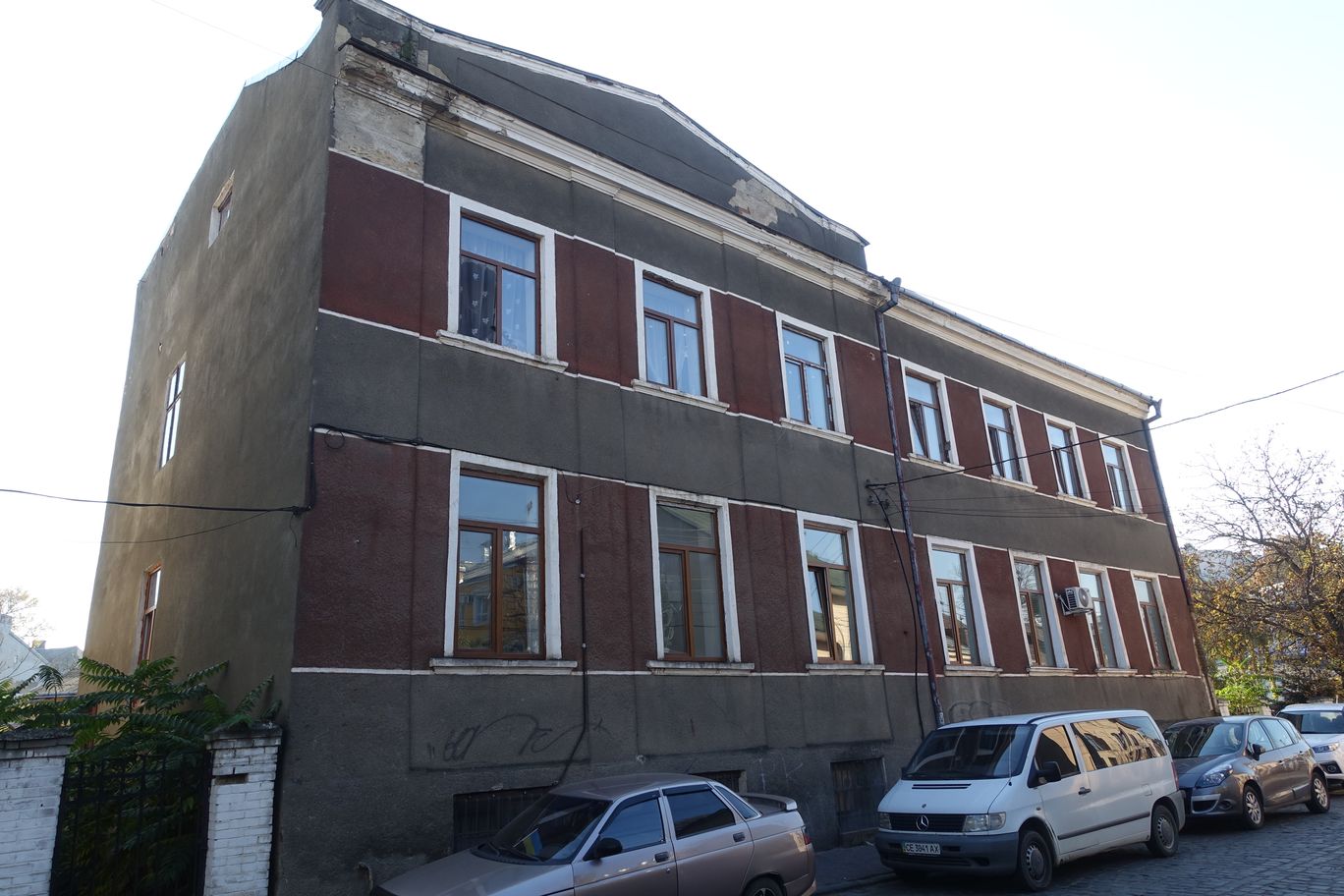The two-story house on Synagogue Street Nr. 6 is rather unassuming. It was erected in the 1920s, when “the golden era” of the Chernivtsi Jewish community had already passed.
More interesting than the building is the history of the Jewish regional school association “Safah Ivriah” which had the building erected. It was founded in 1913 to promote the use of the Hebrew language, as Hebrew only played a marginal role in Chernivtsi. Chernivtsi Jews often sent their children to German-language schools, and education and culture were strongly influenced by German language. At home, many Jews spoke Yiddish.
After 1918 the Zionist idea gained more popularity which boosted interest for Safah Ivriah´s educational programs. In Chernivtsi, it ran four kindergartens, an academy for teachers and language courses. In 1922, Safah Ivriah got permission to open a primary school. Therefore, there was a need to erect a school building.
Bruno Bittmann, who was born in 1928, shared his memories of his school years in his interview with Centropa:
I attended the Hebrew school in Chernivtsi for four years. We had to put our hands behind the back, it was not as casual as today. We also had private teachers for religious education who came to our home. One teacher also taught me Jewish history and how to pray – but I did not take these things very serious.
Paul Antschel, who later became famous as the poet Paul Celan, also attended the Hebrew school between 1927 and 1930 – probably before the school moved from their provisional rooms at the Toynbee Hall into the new school building.
Safah Ivriah was constantly struggling with financial problems, and their building was also used for other purposes such as party conventions or lectures.
It is not known how the building was used during World War II, but one can assume that with the establishment of the ghetto in 1941, the school building became home for countless displaced Jews. After the war the building first became a comprehensive school, later an evening school, then a high school, and eventually a department of the Odessa Academy of Law. Since 2012 an NGO has run a social center for homeless people from the building.
